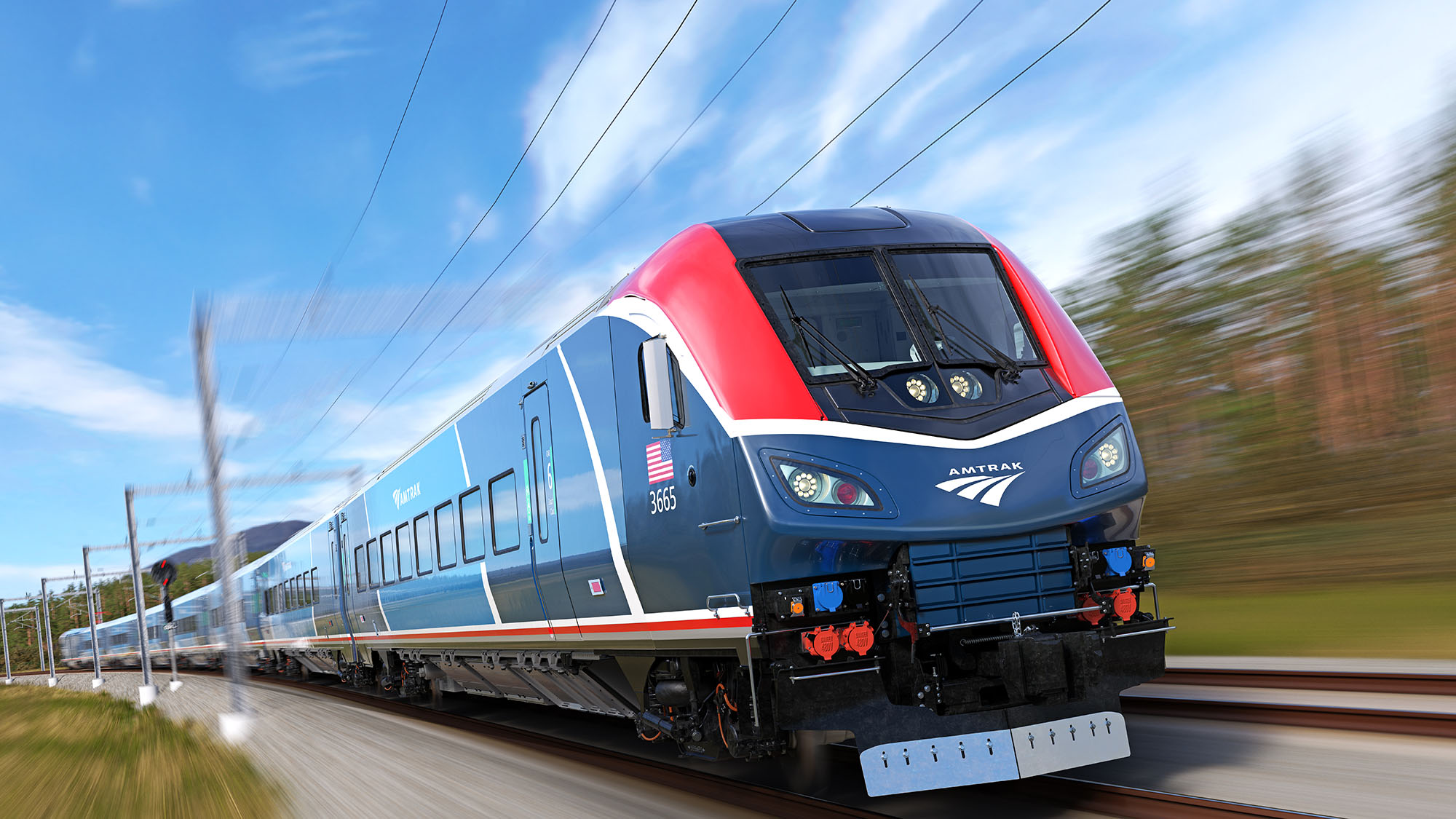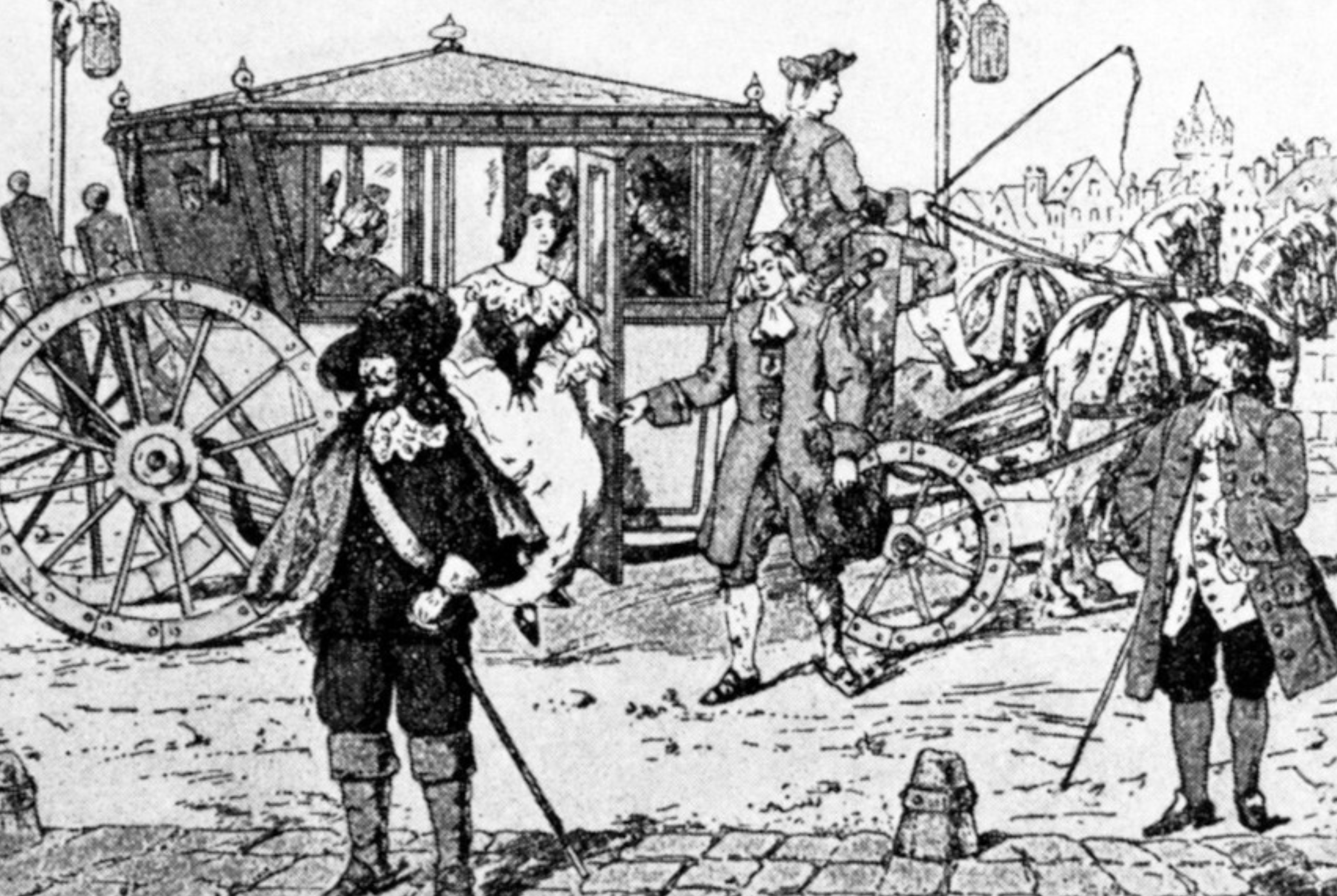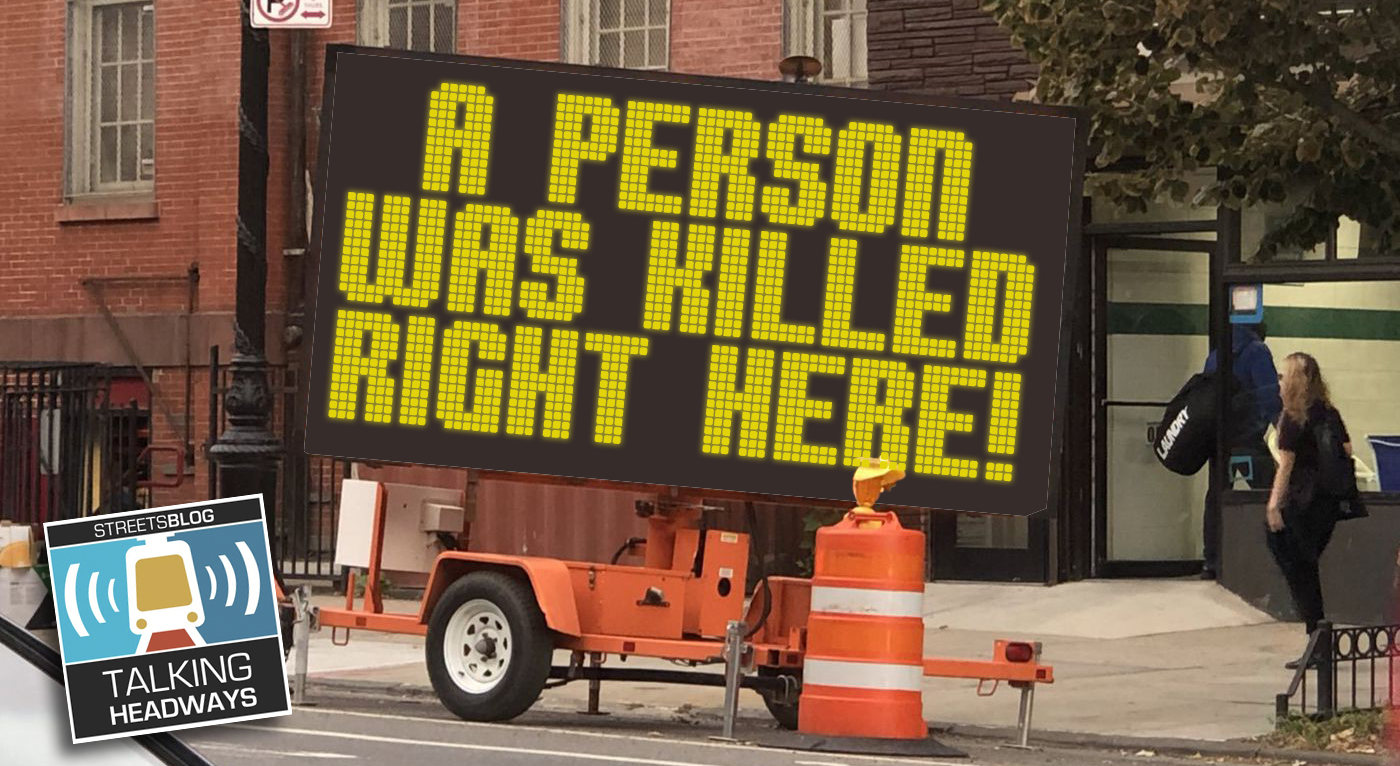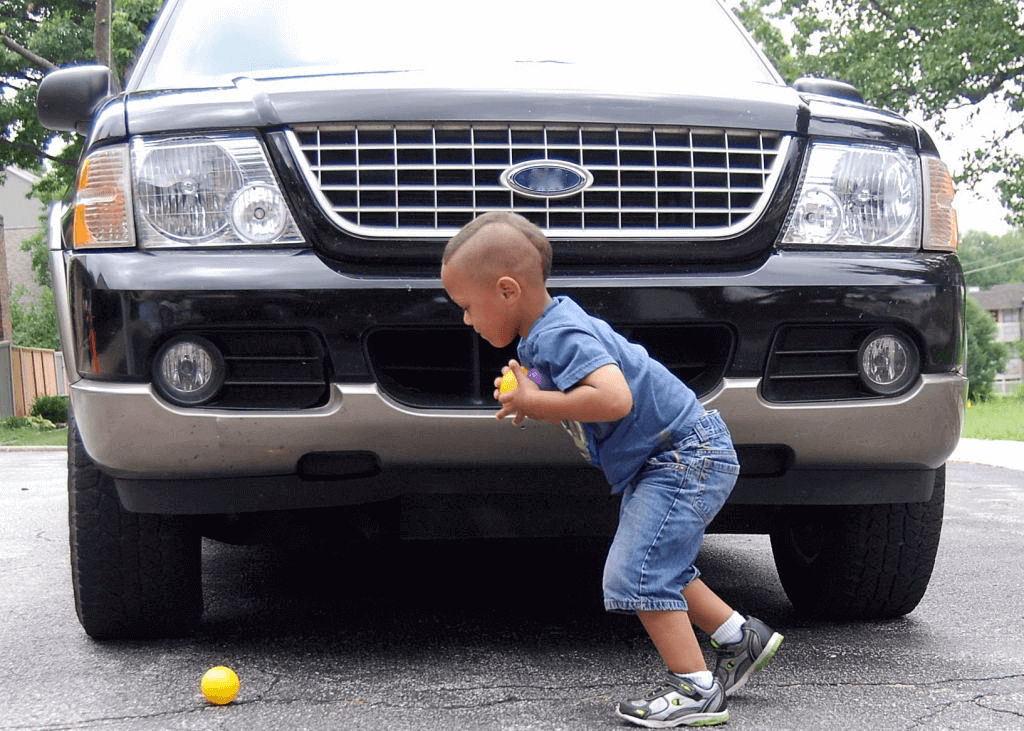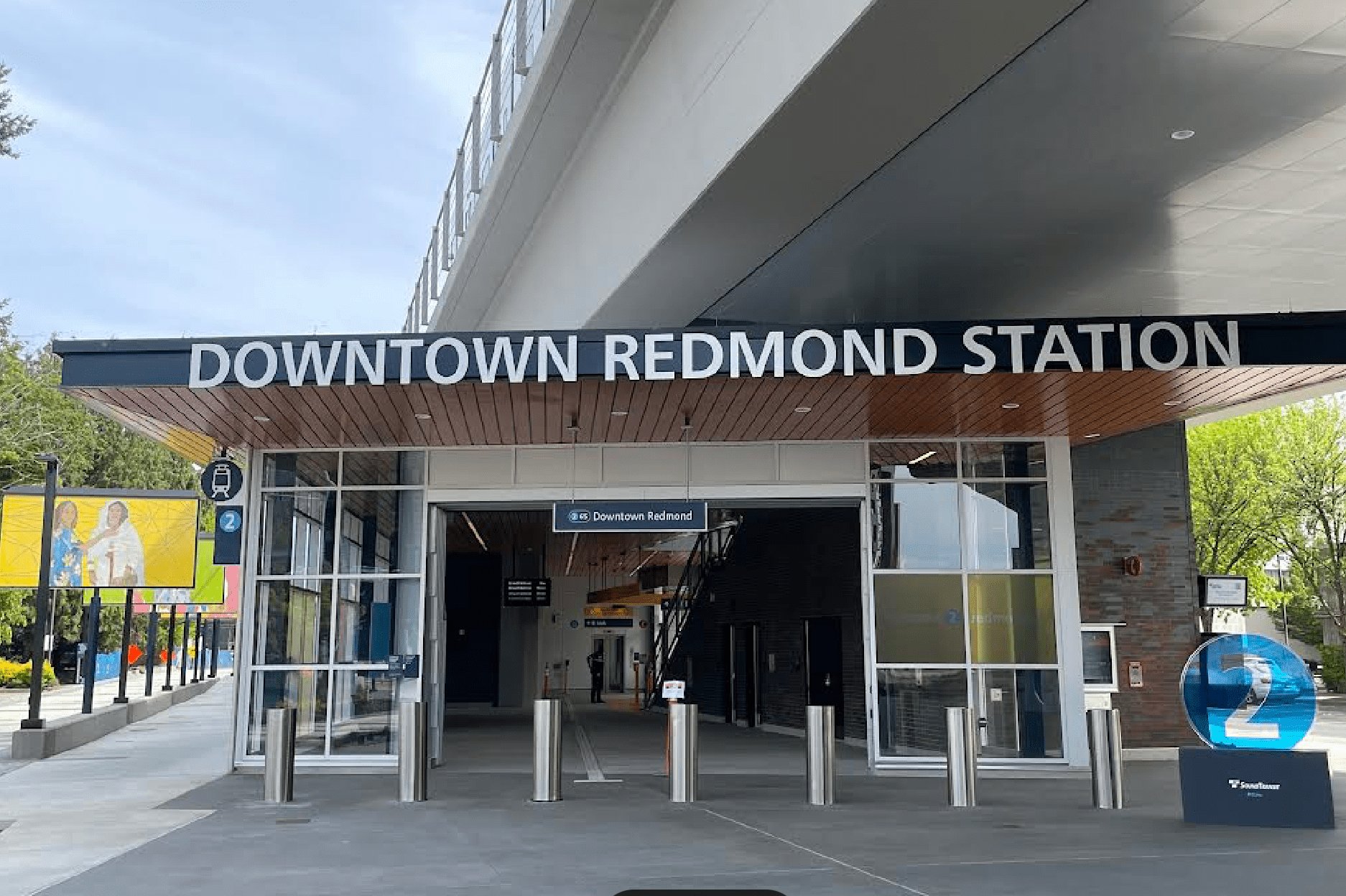Yesterday around 10 a.m. I got on the number 3 subway line at Bergen Street in Brooklyn, where I easily found a seat. As usual, I noticed that there was space on the baby-blue benches all the way up to 96th Street, where I switched trains to go to Columbia University at 116th Street. Only the last few stops on the 1 train were crowded.

This almost daily journey of mine up to Columbia, where I've been going a lot lately to research a book, was anecdotal confirmation of what any serious study would probably show you: the city's transit system, while packed at rush hour, has considerable capacity in the off-peak hours.
While I enjoyed my ease in finding a seat, for the city and for its citizens it would be better if the subway lines were more crowded during non-rush hours. The city's transit lines are one of its more expensive and valuable pieces of infrastructure. Having more riders means that the taxpayers, who, lest we forget, ultimately own the subway, are getting more value out of this publicly owned piece of infrastructure.
There's an easy way to do this and that's to substantially lower the cost of an Unlimited Ride MetroCard so that most residents buy them. This is a far more effective way of encouraging off-peak ridership than lower-cost single fares at off-peak hours, which has also been discussed.
Economists talk about the elasticity of purchases, meaning how price sensitive a purchase is. Commuting to work is very inelastic because most people have to get to work and they will pay what they have to to get there. Sure, in the long run they may move to a different neighborhood if commuting costs are too high, but they won't change habits much on a daily basis.
Not so with more optional trips. If you are thinking of stopping for a book on the way home, or trying out a new place for lunch, or even sunbathing in a park, then an extra $2 or even $1 will be a significant deterrent. This is a very elastic commodity.
If you have an Unlimited Ride MetroCard, then the cost of an additional trip, once you have committed the "sunk cost," is zero. That's a good thing for citizens' quality of life, and a good thing for the economic health of the city.
In just a few weeks, on March 2, we will all be paying more for those unlimited ride cards. A monthly pass, for example, will rise to $81, up from $76. The law of supply and demand being what it is, this means that fewer people will buy Unlimited Ride MetroCards than otherwise would have, and thus fewer people will use the subways.
This rise in price came out of the push earlier this year by MTA CEO Elliot Sander to raise base fares, and the campaign ended exactly the wrong way. Under pressure from Governor Spitzer, the MTA ended up keeping the base fare the same and raising the price of the unlimited ride cards. For some reason, this is more politically palatable.
I have an alternate policy suggestion for next year: let's drop the price of a monthly Unlimited Ride MetroCard to a breathtakingly low $30. Meanwhile, let's raise the price of an individual fare to $3. This would push most people to buy the unlimited ride cards, leaving the individual tickets for the tourists and out-of-towners, who are less price conscious and whose money we should be seeking to extract anyway.
Someone about now might be asking what all this has to do with street life. A lot, actually. As we walk around our favored part of the city, it's easy to forget that an essential part of being able to sip a coffee at a café or stroll along a shopping strip is the thundering tracks underneath the sidewalk. They enable people to live densely, without cars and their necessary parking spaces, and so create the possibility of having many people per square foot of sidewalk, which is in the final analysis the essential component of a livable street. The transit system lubricates street life.
Some transit expert could determine how lowering the cost of the unlimited pass while raising the single fare would impact MTA finances. Such a move might increase the gap between revenue and expenses, and thus increase the need for public funding. But even if that were the case, the city and state should fill any gap, and the public should demand they do so. We accept higher fares with a grudging stoicism, not fully realizing that this our transit system, publicly owned, built and now operated. (We can leave for another day the common misperception that the transit system was originally private. It wasn't. See my essay here for info on this.)
Higher tax revenues from increased business activity might even make up for any additional necessary funding of the MTA. The main point though, is that this is our transit system. We should start acting like it in our policies.
Photo: petra jane/Flickr
